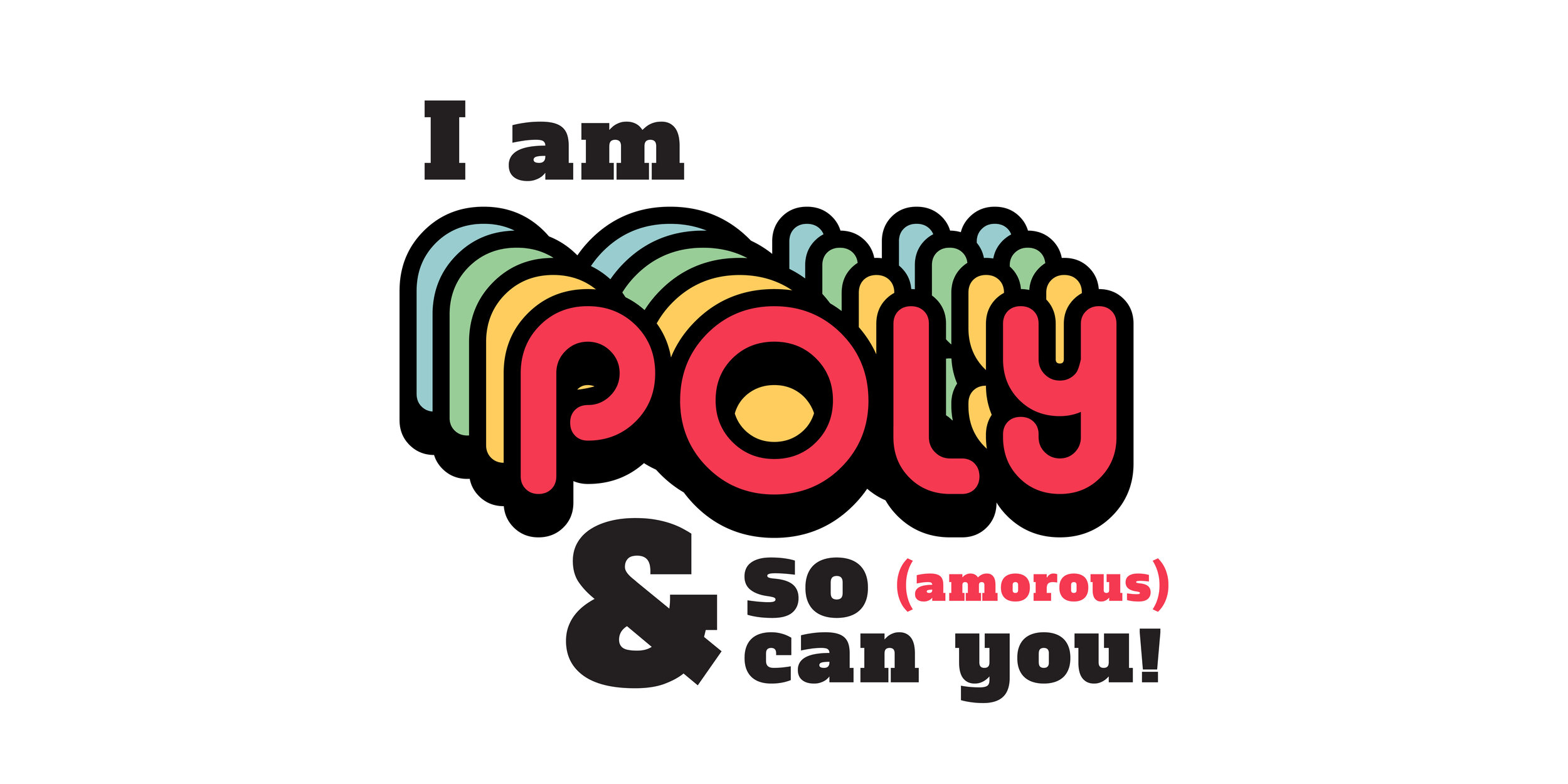Guest Columnist A.P. Grey helps a reader tackle conscientious communication style negotiation!
What's the most efficient and effective way to teach my new partner my "love language"? We just starting dating and we have crazy chemistry, but our communication styles are intensely different and I'd like to bridge that gap sooner rather than later!
Congratulations on the initiative you’re taking to navigate your burgeoning love onto a clear path early!
My first response to your query is that it actually involves two separate but related concepts. Like non-monogamy itself (all polyam relationships are “open”, but not all open relationships are polyam, for example), love languages are communication styles – and potent ones – but not all communication represents a love language.
The canonical love languages – acts of service, touch, words of affirmation, quality time, and gifting – need to be considered from the directions of both the giver and receiver to ensure that they are being interpreted correctly, and it’s at that fundamental step that I believe most misalignment occurs. Additionally, 5 is a short list; those classic types may not encompass or even manifest at all the behaviors that resonate for individual folks*.
To my thinking, the expression of love languages within the context of reconciling communication styles, or troubleshooting potential friction points, is an analysis of what each person needs to feel satisfied that their messages are not only being received, but also taken seriously.
I am an emotional juggernaut and prefer to charge into deep conversations right away, and it seems like you may be similar. Recently, I was asked within the first few dates “how do you fight?” and I found it both deeply reassuring and legitimately exciting that this lovely person is as into preventative maintenance as I am. Conflict is an integral component of relationship that we must all face at times, and whether it’s a tool rather than a threat is all a matter of perspective and willingness. That said, not everyone feels safest and most empowered by barreling straight at serious topics, so choosing to approach it on your own terms and while the stakes are low is a conscientious move.
It seems as though you know what love languages you need to be shown, and what constitutes your own communication style. Often, we also offer others the things we understand best ourselves. However, like play time, we don’t always crave the things we can’t wait to lavish upon our partners. Have you ever filled out a “yes/no/maybe” list**? It can be a fun, sexy, and inspiring exercise to do with any goal from building trust to actually being foreplay – ideally running the whole intimate gamut! Adapting that framework (answers for both giving and receiving) for various components of robust communication - including love languages - could be a way to sync up. The exercise offers the potential for loads of insight relatively quickly and with a playful inflection that could mitigate the potential anxiety of suggesting that you two have A Talk™.
This reimagining of the yes/no/maybe paradigm offers each partner the opportunity to list and describe their own preferences in each role – word choice, active listening techniques, nonverbal communication, and the behaviors that generate an underlying sense of security and validity. You can take it as far as you want or need to. What are ways to ask for processing time and what loving behavior corresponds to reassurance? What are known triggers to avoid and effective de-escalation tactics? You can basically write a collaborative communication user manual and troubleshooting guide.
For example, if I am having a difficult conversation, my body gets tense. Though I want to be held, I cannot reach out because I carry a deeply somatic fear of rejection that freezes me when I’m agitated over having to talk about things that I know are uncomfortable for my partner. If my partner understands that touch is a vital love language, they can express their essential care for me even while we’re struggling.
There are several other potential benefits of this exercise! Build confidence in your ability to meet challenges by knowing you’ve both got a reminder for when memories get blurry during tense moments or when triggered, hungry, or tired. Use it as an accountability tool, a security blanket, or simply revel in the real-time warm fuzzies of doing diligence by the new relationship that feels great! If the exercise works for your and your partner(s) I also recommend revisiting it multiple times throughout your relationship(s), as our communication desires, capabilities and limitations are apt to fluctuate throughout our lifetimes.
Regardless of whether you start an actual list or only a conversation, both of you will be better equipped to give and receive the care you each need and deserve - to one another and everyone else in your lives. Wishing you the very best!
*To get the ball rolling beyond the classic 5 languages, here’s a recent blog post that offers many examples of caring behaviors that might offer helpful vocabulary.
**For examples of yes/no/maybe lists for numerous contexts (vanilla, kinky, poly, and more), jump HERE.
A.P. Grey is a renaissance person based in Oakland, CA, where she writes, cooks, dances, and challenges the patriarchal division of labor through radical vulnerability, relationship anarchy, mutual aid, and restorative justice. She admins an online intersectional non-monogamy community, co-hosts an underground dinner party series, and loves the moment when you get to connect individuals who each have exactly what the other needs.


